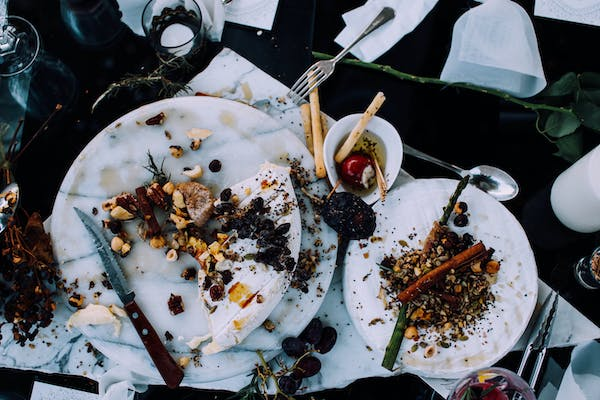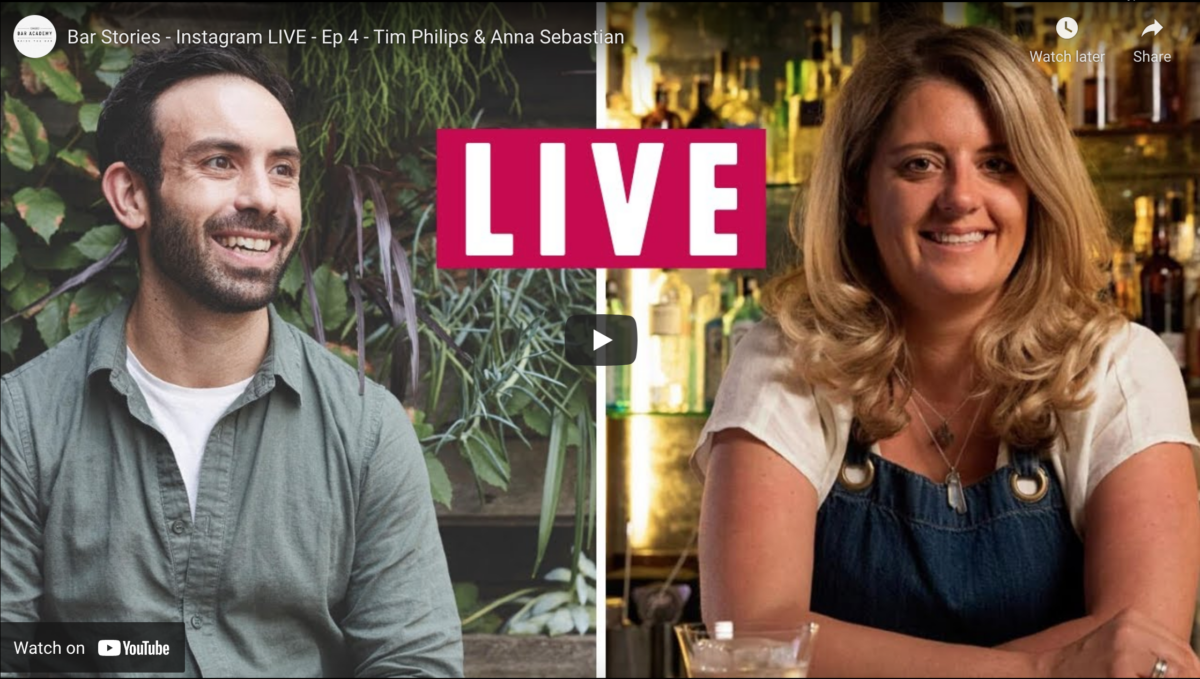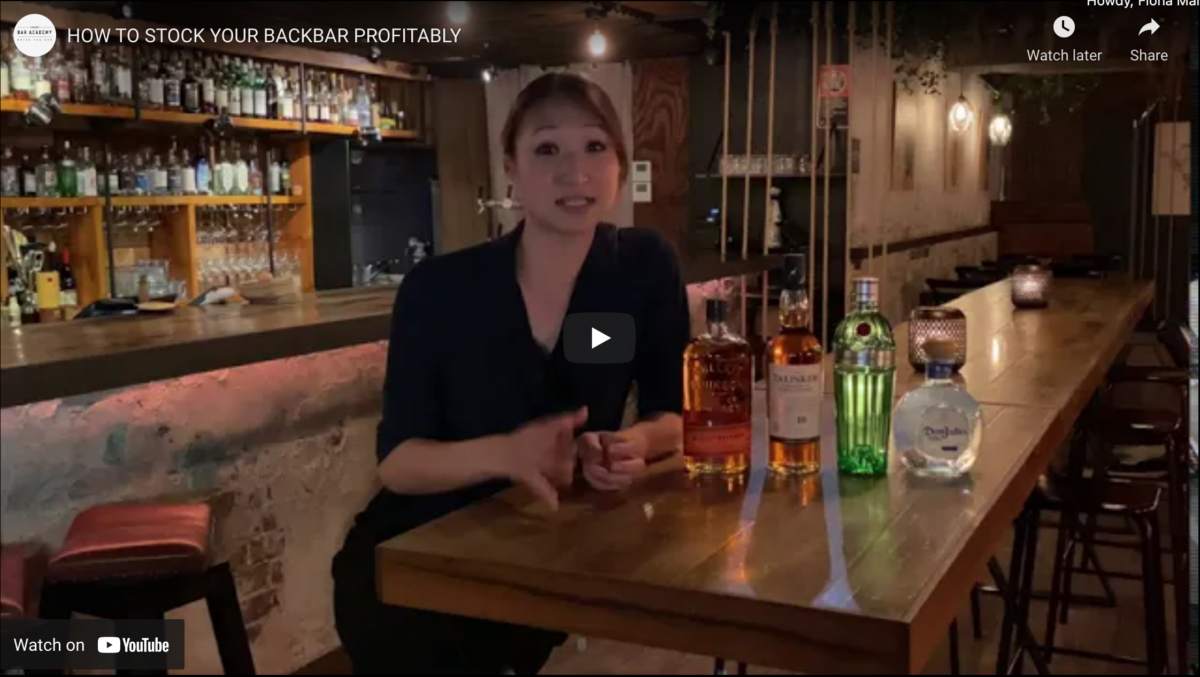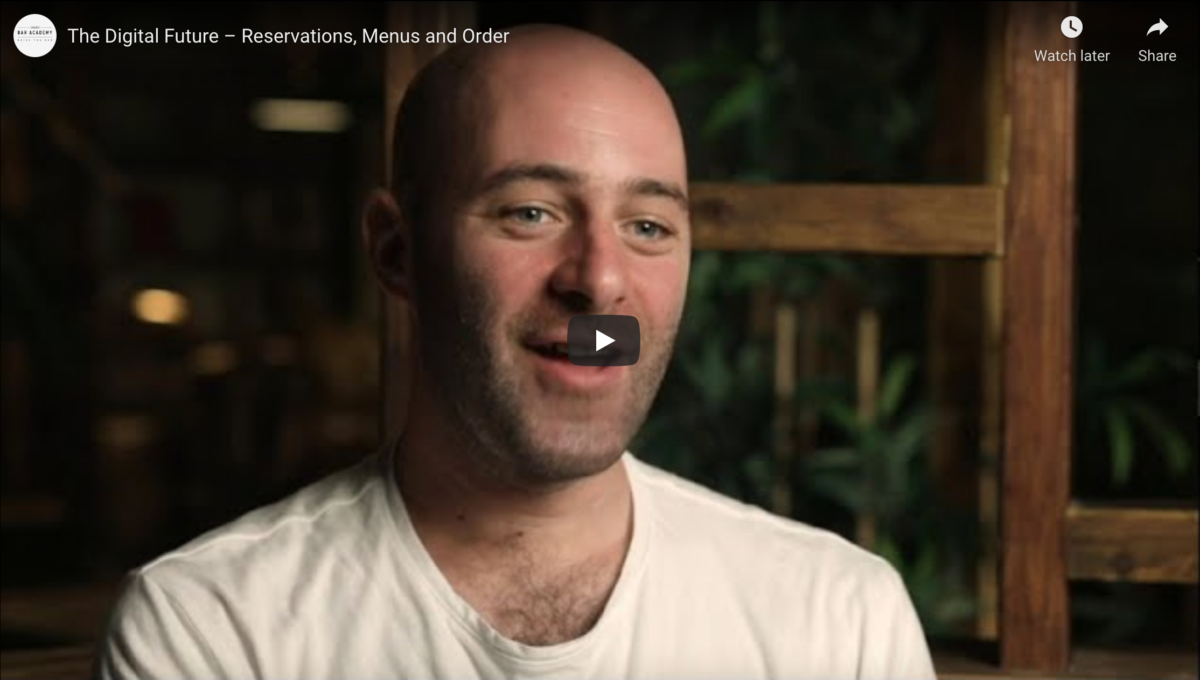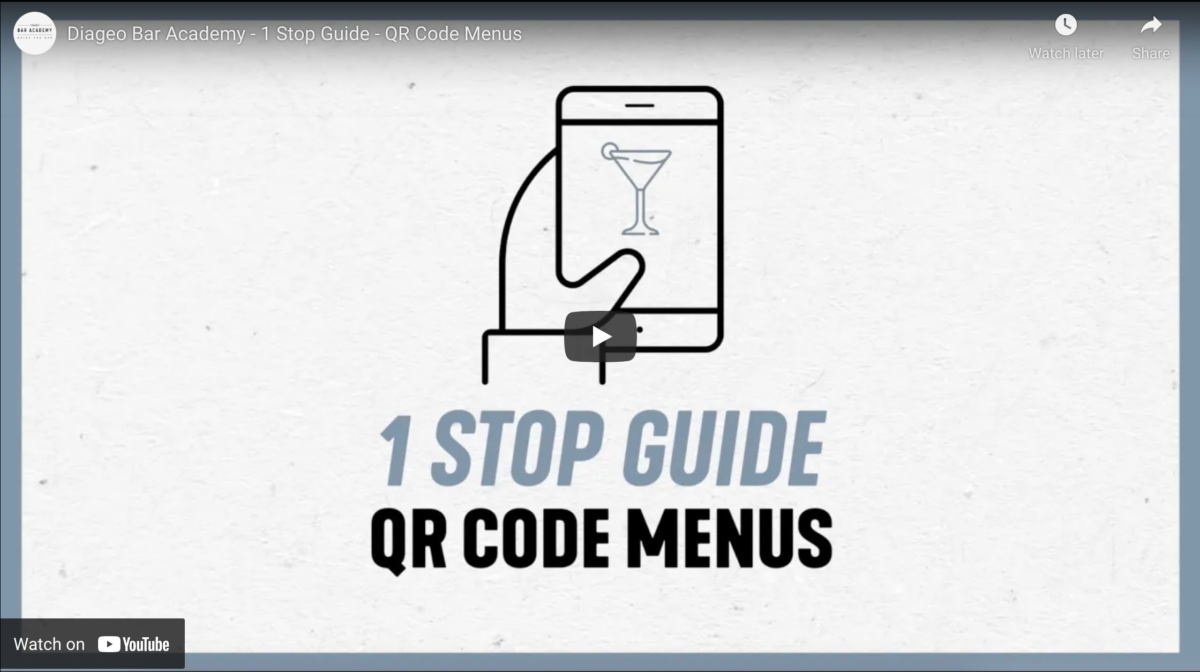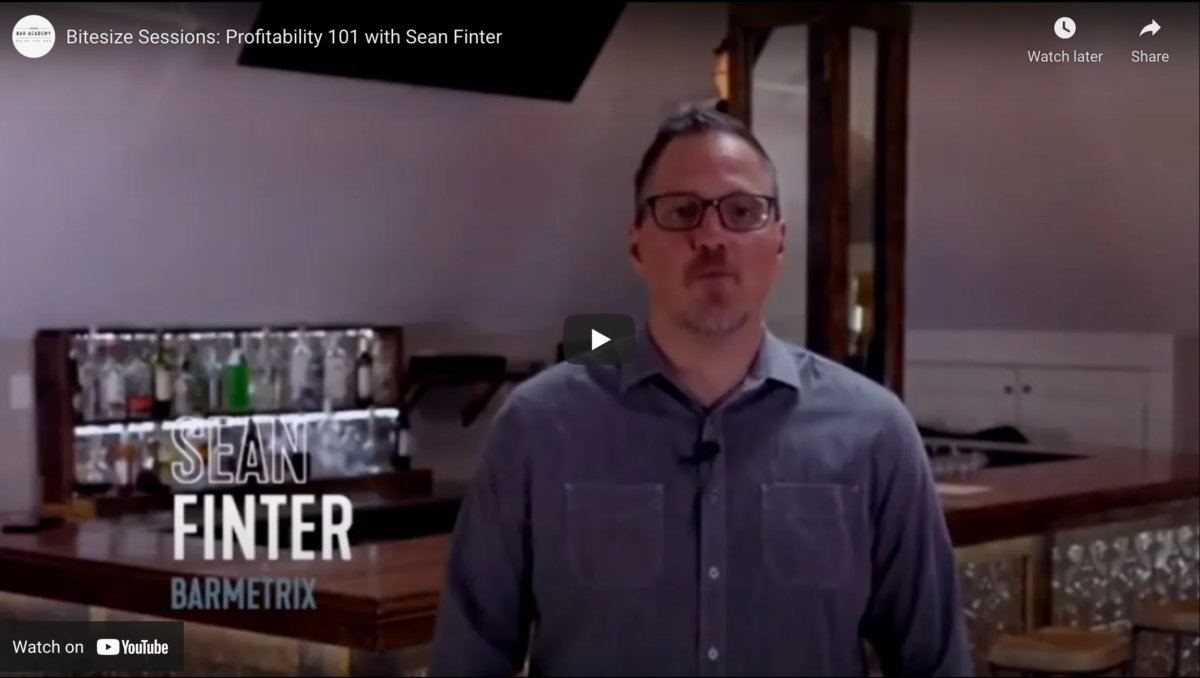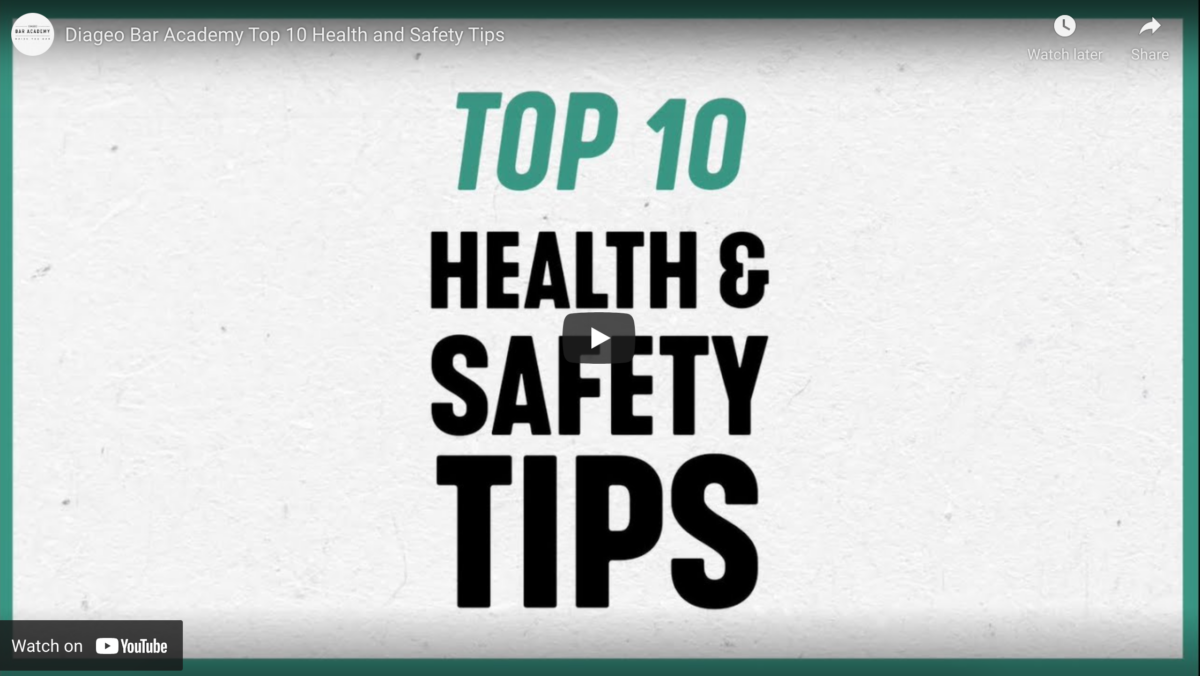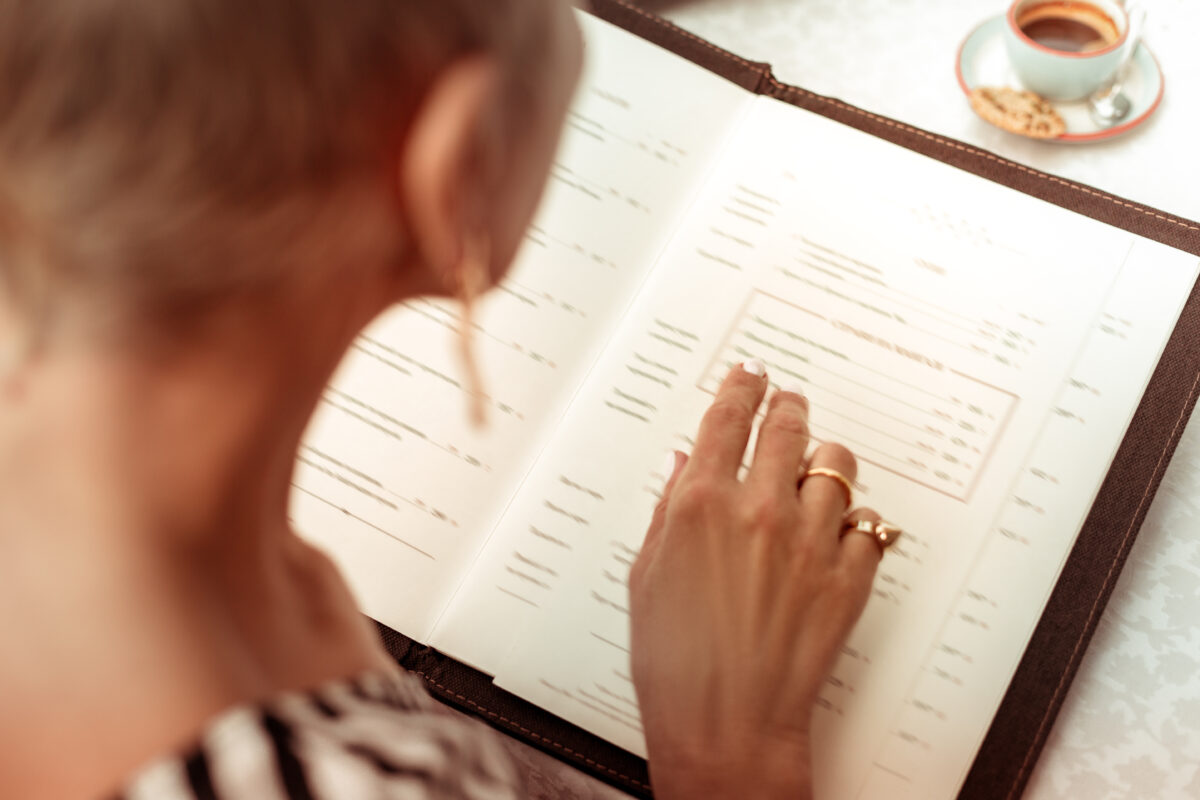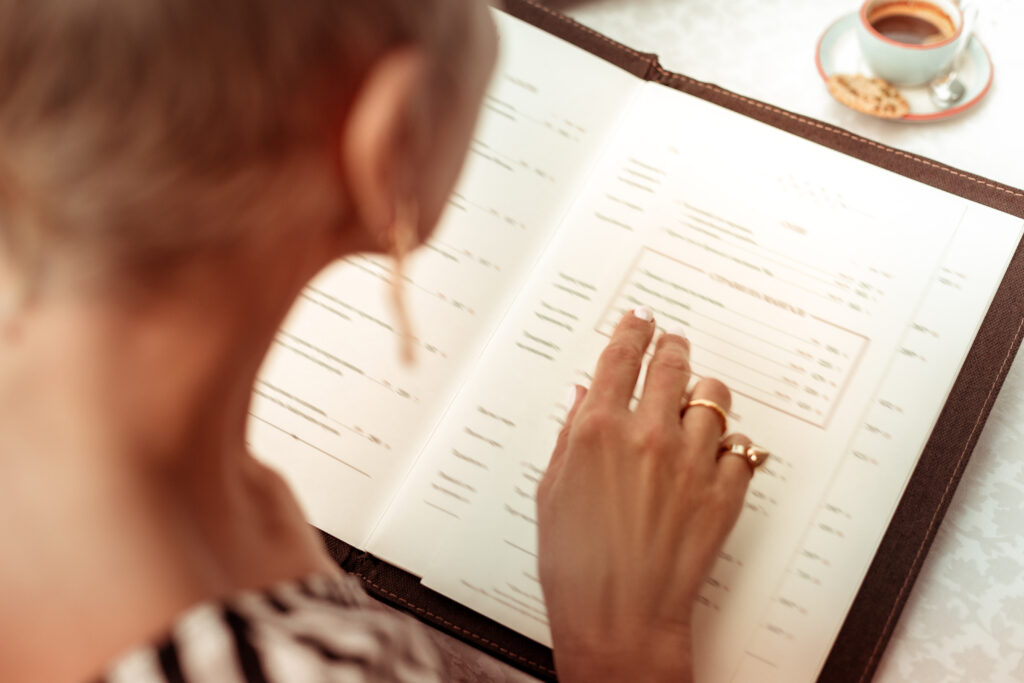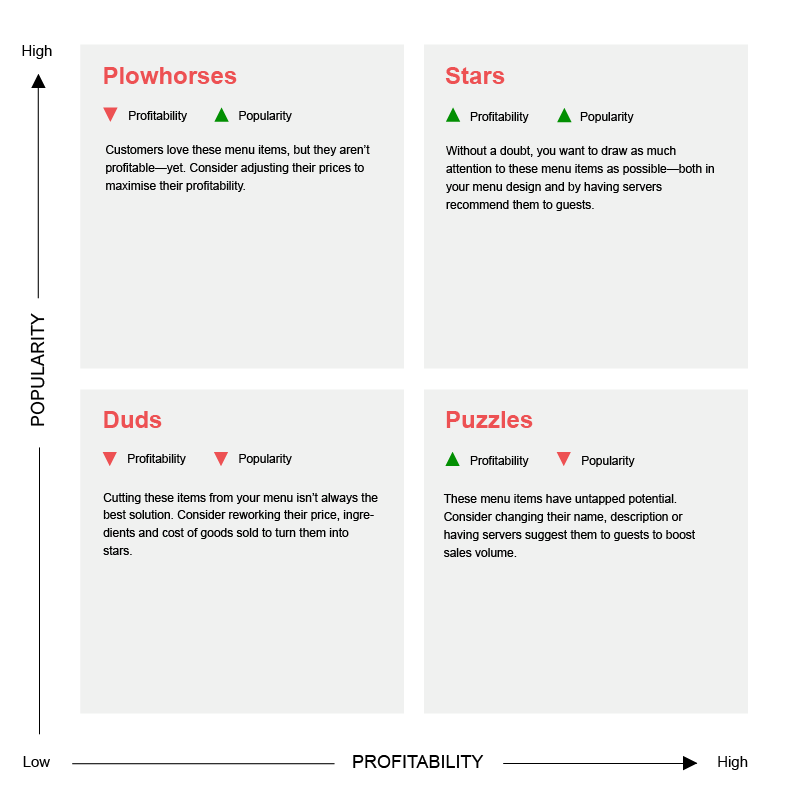How to Reduce Food Waste in Your Restaurant

Every day, restaurants and bars throw out tons of perfectly good food. You may be surprised to learn how much this adds up!
Food waste is a major problem that restaurant and bar owners must address. Not only does it cause massive damage to our natural resources, but the food left uneaten after customers leave their tables can lead you into financial distress; especially as prices of supplies continue to rise post-COVID.
Reducing food waste is an important step in the right direction to improving your restaurant’s sustainability. As you limit costs from wasted foods, profitability increases and helps small businesses like yours thrive.
Restaurateurs can play an important role in reducing food waste by understanding how they are able to reduce this issue.
In this article, we’ll show you how big the problem is, not only in Canada but worldwide. You’ll gain insight into how food waste impacts your business and ways to reduce it to save your business money. Firstly, let’s take a look at the problem at hand.
How Big Is the Food Waste Problem?
Justin Guinn for Toast reports that 4-10% of all food bought by restaurants is never eaten by customers, resulting in restaurants losing $1,000 per 3.3 lb of uneaten food.
According to The Globe and Mail author Ann Hui, over 50% of all food produced ends up in landfills for around $31 billion wasted each year in Canada alone. Contrary to popular belief, households only make up a small percentage of total food waste at about 14% compared to the food industry, which contributes to about 86%.
In Europe, the problem is even worse. An estimated 26% of 2.5 trillion pounds of food is wasted by food services and restaurants, equaling around 533 billion pounds of food.
The United Nations Food and Agricultural Organization estimates that about 1/3rd of all food goes to waste worldwide.
“4-10% of all food bought by restaurants is never eaten by customers, resulting in restaurants losing $1,000 per 3.3 lb of uneaten food.”
How Food Waste Impacts Your Business
Restaurant margins are already incredibly tight, so it’s important to find ways to save money where you can. And reducing food waste is a great place to start.
Not only does wasted food cost you money in terms of the uneaten food itself, but it also leads to increased garbage disposal costs. The more food you waste, the more garbage you have to dispose of – and that costs money.
In addition, food waste has a hidden opportunity cost. When you’re throwing away uneaten food, you’re also throwing away the labor, water, and other resources that went into growing, transporting, and preparing that food.
By reducing food waste, you can free up resources to invest in other areas of your business – like marketing or employee training.
When talking about the monetary impact of food waste, it’s important to also consider the reputational cost. In today’s environmentally conscious world, customers care about where their food comes from and how it impacts the planet. If they perceive your restaurant as being wasteful, they may be less likely to visit – even if you have great food and drink.
In fact, about 72% of diners care about how restaurants deal with their food waste, and 47% would be willing to spend more money at a restaurant that has an active food recovery program according to Unilever and reported by refed.
That offers a potential competitive advantage for restaurants that can effectively reduce their food waste or set up a food recovery program.
Refed also claims that “for every dollar invested in food waste reduction, restaurants can realize approximately $8 of cost savings,” so there’s a clear financial incentive to act.
What Causes Restaurant Food Waste?
Restaurant food waste can be divided into two types of waste as detailed by Katherine Pendrill for Touch Bistro:
- Pre-Consumer Waste: This includes all of the stock wasted in your restaurant before it ever even reaches your guests. For example, if your new line cook gets a little too enthusiastic on the grill and burns a steak that can no longer be served, this is pre-consumer waste.
- Post-Consumer Waste: This includes all food that gets thrown out after it reaches your customers, and is by far the larger category of food waste.
Several factors can cause each type of waste, so let’s tackle the most common causes of wasted food in restaurants and how to prevent them.
Over-ordering
One of the most common causes of food waste is over-ordering. This can happen when restaurants order more food than they need, resulting in perishable items going bad before they can be used.
An inefficient or improperly managed restaurant inventory system can cause managers and chefs to order an unnecessary number of products. By monitoring inventory levels regularly, you’ll cut back on food waste and save money.
Incorrect portion sizes
Poor portion control happens when restaurants serve customers more food than they can eat, resulting in leftovers that are often thrown away.
If you’re regularly throwing out food, it might be a sign that your portions are too large. Proper portion control allows you to save money without sending out lower-quality food to your customers.
Keeping a consistent standard portion size for each dish on your menu will help you avoid waste and ensure that customers are getting their money’s worth.
Food spoilage
Product spoilage is a costly and avoidable issue in any food business. By inspecting all incoming product carefully and labeling it with clear best-by dates, you can substantially reduce the amount of spoiled food your business has to throw out. Implementing a first-in, first-out (FIFO) storage system is an effective way to make sure your inventory doesn’t go bad before you have a chance to sell it.
Mismanaged kitchen prep
In a busy restaurant kitchen, it’s easy for things to get lost in the shuffle. If your cooks are prepping too much food or not storing it properly, it can lead to significant amounts of waste.
By keeping a close eye on your kitchen prep and making sure food is being used or stored properly, you can minimize the amount of waste your restaurant produces.
Lack of customer demand
Many restaurants find that they’re wasting food because customers simply aren’t ordering certain menu items. If you notice that a particular dish isn’t selling well, try to find a way to make it more appealing to customers or remove it from the menu entirely.
How To Reduce Food Waste in Your Restaurant
There are a number of simple steps you can take to reduce food waste in your restaurant or bar. Take action now with the following tips:
Prevention
The best and usually simplest way to reduce food waste is through prevention. Try implementing these solutions in your business:
Review and change your menu – Restaurants can increase their bottom line by designing menus that take food waste reduction into account—such as using fewer ingredients and repurposing food prep trim and overproduction.
How to do this:
- You can achieve this by minimizing the different types of ingredients used in each dish, using lower-cost ingredients that are more likely to be used in their entirety, and designing recipes with food waste reduction in mind.
- Cooking in bulk, adjusting portion sizes, and cross-utilization of food products and get you started on the path towards reducing your restaurant’s food waste.
- To avoid ordering too many food items that will eventually go to waste, use ingredients from standard menu items in specials or promotional dishes that are only available for a limited time.
Portion control – As we mentioned before, one of the main reasons restaurants end up wasting food is because they’re serving customers too much. Proper portion control can help you avoid this issue and save money in the process.
How to do this:
- To practice proper portion control, start by evaluating your current portions and see if they’re appropriate for the dish and your customer base. If you find that your portions are too large, make adjustments accordingly.
- Provide smaller portions and offer optional refills if the customer wants more. A great product for this are sides that go with an entree. For example, if you serve fries with a burger, serve a smaller portion of fries and offer additional fries per request. This way, customers only get what they want— and you avoid having to throw away uneaten food.
- You can also use portion control as a way to upsell customers by offering larger portions at a higher price point. This is a great way to increase your profits while still reducing food waste.
- You’ll also want to have a few different options of sides available for your customer to choose from. If they don’t want the sautéed vegetables, they can choose the mashed potatoes instead. This allows customers to choose what they actually want to eat— and avoid wasting food.
- Serve your food on smaller plates. Studies have shown that people tend to eat everything on their plate— no matter what size the plate is. The Delboeuf Illusion is a psychological phenomenon that demonstrates how our brains perceive the size of objects relative to one another. This means that if you serve food on a smaller plate, it will appear to be a larger portion and customers will be less likely to waste it.
Procurement And Supply Chain Processes
You can also reduce food waste by making your procurement and supply chain processes more efficient. Try out this solution:
Use less-than-perfect produce – We’ve all been to the grocery store and seen the “imperfect” produce that’s discounted because it’s not cosmetically perfect. While it may not be pretty, these products are perfectly fine to eat— and it’s often a lot cheaper than the alternative.
How to do this:
- The next time you’re purchasing from a supplier, take a look at the imperfect produce and see if there’s anything you can use for your menu. This product is often discounted, so you’ll be able to save money while reducing food waste.
Production Efficiency
Production efficiency is essential for any food business, but it’s especially important for restaurants because of the high volume of food they go through. There are a few ways to increase production efficiency and reduce food waste:
Waste Tracking – One of the best ways to reduce food waste is to track it. This can help you identify problem areas and make changes accordingly.
Ways to track:
- There are a few different ways to track food waste. One is to weigh all the food that’s being thrown away. You can get this data from your waste hauler, but unfortunately, there are chances for this to be inaccurate.
- Another way to track food waste is to keep a running tally of how much food or drink is being wasted each day. Log the weight, type of food, and reason for throwing it again. For example, 2 pounds of lettuce – thrown away due to spoilage. This is a simple, low-cost solution, but is very labor-intensive. If you’re a bar owner or manager you can utilize Hailo Data’s Bar Waste Sheet template to track and document drink waste.
- You can capture waste by placing bins at each kitchen station. This is a more accurate way to measure the weight and type of food being wasted. This method is also labor intensive and requires more space in the kitchen.
- Implementing a smart scale and monitoring system is the most accurate way to measure waste by category. This technology allows you to view real-time information online and can create simple reports for you that are easy to understand and actionable. The only downside is that this requires upfront capital and can also be labor-intensive.
Streamline recipes – Streamline your recipes and prep processes to minimize the amount of time and resources needed to produce each dish. This can help you reduce food waste while still serving high-quality meals.
Ways to streamline recipes:
- Eliminate steps that don’t add value
- Make sure recipes are clear and concise
- Ensure that all ingredients are being used
- Use standardized portion sizes
- Minimize the amount of prep work
- Only make what you need
Train staff on proper food handling – Your staff should know how to properly store, prep, and cook food to minimize waste.
Training topics:
- How to properly store food
- The correct way to prep food
- How to cook food so that it doesn’t go to waste
- How to spot spoilage
- What to do with food that needs to be thrown away
What To Do When You Have Too Much Food?
If you’re at the point where it’s too late – you have taken action to reduce waste with the steps above but your bar or restaurant still has a surplus of food, the best thing to do is try to find a way to use it before it goes bad.
Have a sale – If you have perishable items that are close to their expiration date, see if you can use them in a special or offer them at a discount. While this isn’t the norm, it can help you avoid waste and bring in some extra revenue.
Donate – If the food is still good but you won’t be able to sell it before it goes bad, consider donating it to a local food bank, soup kitchen, or shelter. However, it’s important to check with your local health department first to make sure the food is still safe to eat and that you’re following all the proper guidelines.
Give to livestock – Livestock animals aren’t as picky as humans when it comes to food, so you may be able to donate your extra food to a local farm. Have a mushy strawberry or a soft apple? A pig would love it! Just make sure you check with the farm first to see what they’re able to take.
Compost – Have an expired carton of milk or some wilted lettuce? Maybe a diner’s incomplete meal that they left behind. Don’t throw it in the trash! Composting is a great way to reduce food waste and help the environment. If you have food that can’t be donated or used, see if your local composting program will take it.
What NOT To Do When You Have Too Much Food
Don’t let good food go to waste! Here are a few things NOT to do when you have a surplus of food:
Don’t let it sit out – If you have food that needs to be refrigerated, don’t let it sit out for too long. Bacteria can grow quickly on food that’s been left out, making it unsafe to eat.
Don’t throw it in the trash – It may seem like the easiest thing to do but throwing food in the trash is a waste of money and resources. Not to mention, it creates methane gas as it decomposes, which is harmful to the environment.
Save what you can – If you have food that’s starting to go bad, don’t try to salvage it all. Inspect it carefully and only keep the parts that are still good. For example, if you have a head of lettuce that’s starting to wilt, you can still use the leaves that are still fresh.
"72% of diners care about how restaurants deal with their food waste, and 47% would be willing to spend more money at a restaurant that has an active food recovery program.”
Conclusion
Food waste is a business-threatening problem, but there are actions you can take now to reduce the amount of food waste your restaurant produces. By careful planning, storage, and prep, you can keep your food from going to waste and help save the environment too!
Remember that prevention, food recovery, and recycling are all key to reducing food waste. With a little effort, your restaurant can make a big difference by taking these simple steps. You can save money, help the environment, and make sure good food doesn’t go to waste.
Kyle Tweter
Learn more with Hailo Data
Need help with your bar or restaurant? Reach out to us to learn more how Hailo Data can save your business time and money.
1574 West 6th Avenue
Vancouver, BC
V6J 1R2
